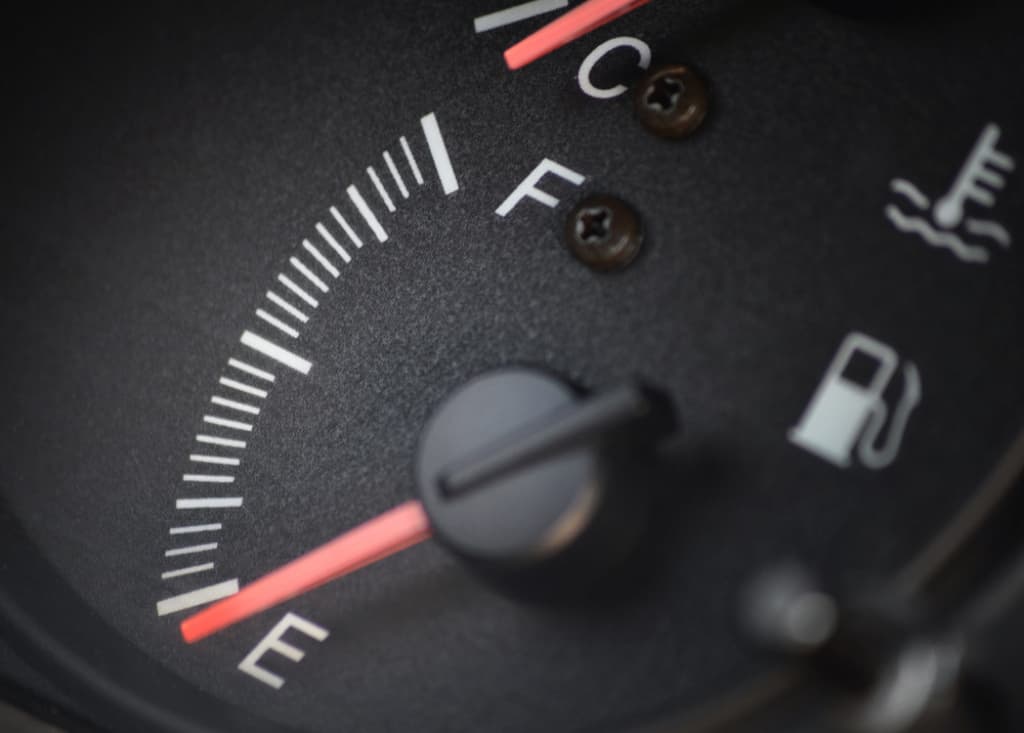1. You need to warm the car up before setting off.
Old cars, yes, but not new – this myth is based on old technologies. Modern engines feature controlled fuel injectors to get the engine to the right temperature. So there’s no need to sit and wait for the engine to heat up: it’s actually quicker and more fuel-efficient to warm the engine as you drive.
2. Premium fuel is always better.
Only if you have a performance car, or a turbo/supercharged engine. Most petrol engines work fine with standard petrol; paying for premium doesn’t make much of a difference. It’s all to do with octane levels: higher octane petrol is made for high-compression performance engines. So there’s no benefit to putting high octane fuel into a normal engine.
3. You only have 20 miles left once the fuel light comes on.
37% of drivers think they only have 20 miles left in the tank once their fuel light comes on. But it can actually be double this, at least. Some models – the Ford Mondeo or the Volvo V40 – can carry on for around 70 miles with the fuel light on.So if the light comes on and you’re not five minutes from the petrol station – you probably don’t need to panic too much. But don’t let the fuel tank run dry. It could cost you in breakdown and repair costs.
4. Air-conditioning is better for fuel consumption than driving with the windows down.
It depends on the specific driving conditions, but in reality, one isn’t better for fuel than the other. If you’re driving at higher speeds – around 40mph and over – air-conditioning can be a more efficient way to cool the car.
Having the windows open at these speeds can increase air drag, so the engine has to work harder to keep going. But if you’re going slower, the air-con might use more fuel than you would with the windows open.
5. You should leave the engine idling rather than switching it off and on.
Unless you’re constantly switching the engine on and off – in traffic, for example – it’s more efficient just to switch off. Fuel injectors help the car to start more efficiently. Leaving the car to run, even for a few minutes, can waste more fuel than you need to.
6. You need to clean and replace air filters to improve fuel economy.
This is another one based on old technologies. In older cars, changing a dirty air filter could help you get more miles from a tank of fuel. But now, cars have systems to regulate the fuel-air ratio; a dirty air filter doesn’t usually affect fuel economy. It could affect engine performance, though.
7. Smaller cars have better fuel economy.
These days, fuel economy depends more on the car’s technology than its size. Smaller cars aren’t necessarily better; larger models with modern engines and deep-tread tyres can get just as many miles from a tank of fuel.
-
- A Nissan Qashqai 1.5L diesel and a Volkswagen Polo 1L petrol both get around 51mpg.
- A SEAT Ateca 1.6 and a Kia Rio 1L both yield around 50mpg.
8. Cars lose fuel efficiency as they get older.
If they’re well maintained, cars only become slightly less fuel-efficient over time. The number of miles you get from the tank doesn’t usually get significantly lower. It’s worth bearing in mind if you’re looking for a used car!
That being said, older cars aren’t as efficient as modern cars – newer cars have more advanced technology and components. Many of these myths are based on old engine technology. So if you have a relatively new car, they just aren’t true.
Your driving will probably have the biggest effect on how many miles you get from a tank of fuel. Efficient driving will save fuel – and the cost of buying more than you need to. So avoid sharp braking and sudden acceleration; drive at steady speeds whenever you can. It’s always worth keeping an eye on tyre pressure and how much weight is in the car – this can affect fuel efficiency, too.






